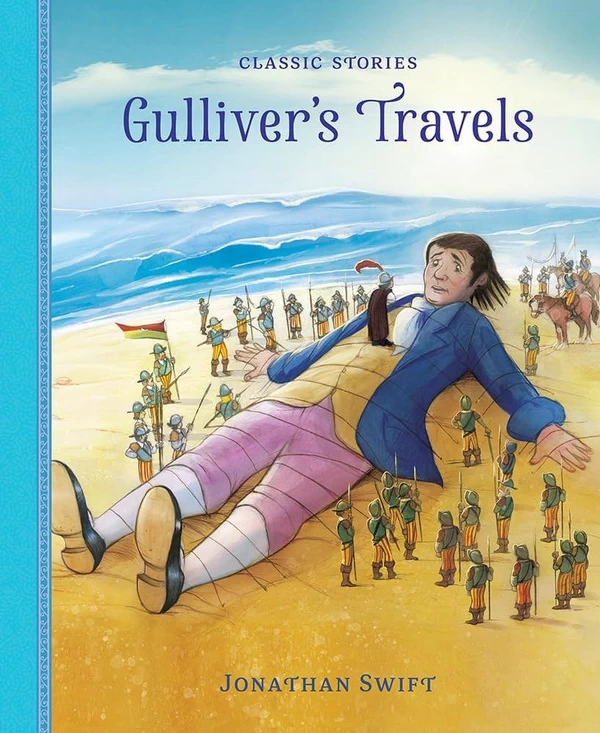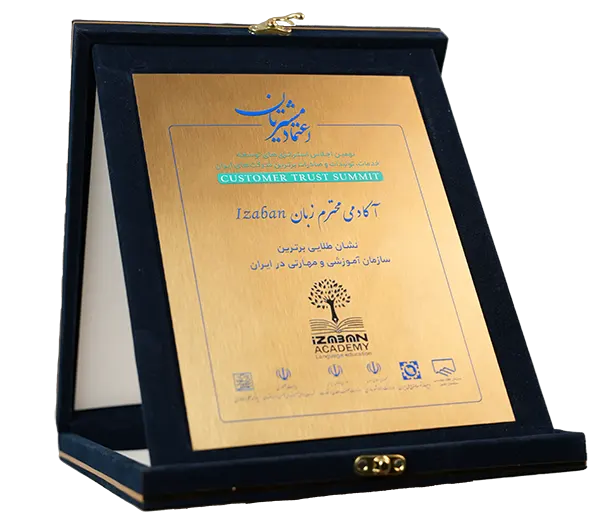“Gulliver’s Travels,” written by Jonathan Swift and first published in 1726, is a classic satirical novel that continues to captivate readers with its blend of adventure, fantasy, and sharp social commentary. The book narrates the voyages of Lemuel Gulliver, an Englishman who embarks on a series of extraordinary journeys, encountering strange civilizations that mirror and critique aspects of human society. Swift’s novel is a timeless work that explores themes of human nature, power, and the absurdities of political and social structures.
Summary of the Story
The novel is divided into four parts, each detailing a different voyage undertaken by Gulliver. Each journey introduces him to unique societies that serve as exaggerated reflections of real-world issues.
Voyage to Lilliput
Gulliver first arrives in Lilliput, a land of tiny people who stand only six inches tall. Despite their small stature, the Lilliputians are deeply engrossed in petty political conflicts and bureaucratic disputes. They mock the triviality of human pride and ambition, symbolizing the absurdities of European politics, particularly the conflict between the Whigs and Tories in Swift’s time.
Voyage to Brobdingnag
In contrast to Lilliput, Gulliver’s second journey takes him to Brobdingnag, a land of giants where he himself is the tiny outsider. The king of Brobdingnag engages Gulliver in discussions about European governance, ultimately ridiculing its corruption and incompetence. This section highlights the flaws in human civilization, presenting a perspective where size represents moral superiority rather than physical strength.
Voyage to Laputa and Beyond
Gulliver’s third voyage leads him to Laputa, a floating island inhabited by philosophers and scientists who are completely detached from practical reality. Their absurd inventions and obsession with abstract theories satirize the growing reliance on science without purpose. He also visits nearby lands such as Balnibarbi and Glubbdubdrib, encountering societies that reflect the dangers of intellectual elitism and historical revisionism.
Voyage to the Land of the Houyhnhnms
The final voyage brings Gulliver to a land ruled by rational and noble horses, the Houyhnhnms, who live in harmony and order. In contrast, the Yahoos—brutish, human-like creatures—represent the worst aspects of humanity. Gulliver, initially in awe of the Houyhnhnms, becomes disillusioned with his own species and ultimately struggles to reintegrate into human society upon his return. This final section delivers Swift’s most scathing critique of human nature.
Themes and Analysis
1. Satire and Social Critique
Swift masterfully employs satire to criticize contemporary politics, scientific advancements, and human vanity. Each voyage serves as a lens to expose the ridiculousness of European institutions and attitudes.
2. The Nature of Power and Governance
Through Gulliver’s interactions with various rulers, Swift examines different forms of government and leadership. The despotic rule of Lilliput, the enlightened monarchy of Brobdingnag, and the detached intellectuals of Laputa all offer contrasting views on governance.
3. Human Nature and Identity
The novel questions the essence of humanity. Are humans noble beings capable of reason, like the Houyhnhnms, or are they merely advanced Yahoos driven by base instincts? Gulliver’s transformation and eventual alienation reflect these existential dilemmas.
4. The Absurdity of Pride
From the tiny but arrogant Lilliputians to the brutish Yahoos, Swift highlights how pride blinds individuals and nations to their flaws. Gulliver himself, once proud of his European heritage, gradually loses faith in human society.
Why “Gulliver’s Travels” Remains Relevant
Timeless Political and Social Commentary
Swift’s critique of power, corruption, and human folly remains as relevant today as it was in the 18th century. The novel continues to resonate with modern readers navigating similar societal issues.
Blending Adventure with Intellectual Depth
Unlike traditional adventure novels, “Gulliver’s Travels” seamlessly combines thrilling journeys with profound philosophical and political insights, making it appealing to both casual readers and scholars.
Influence on Literature and Popular Culture
The novel has inspired numerous adaptations, including films, television series, and literary reinterpretations. Its themes and narrative structure have influenced countless works of satire and speculative fiction.
Conclusion
“Gulliver’s Travels” is more than just an adventure story—it is a profound exploration of human nature, governance, and societal absurdities. Swift’s sharp wit and timeless themes make it a must-read for those interested in literature, politics, and philosophy. As long as power structures exist and human nature remains flawed, “Gulliver’s Travels” will continue to be a powerful and relevant piece of literature.










 نکات طلایی یادگیری زبان،
نکات طلایی یادگیری زبان، 


